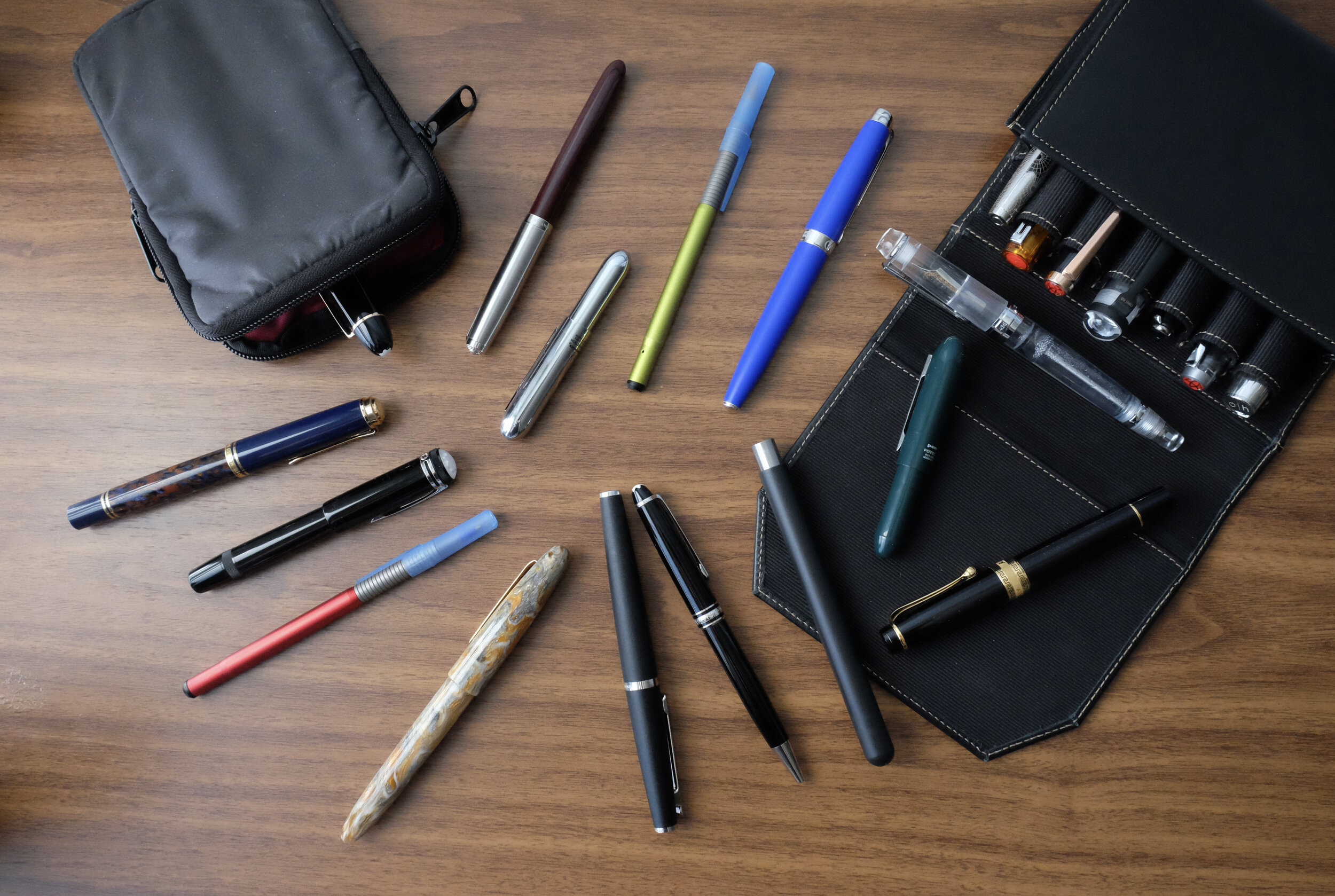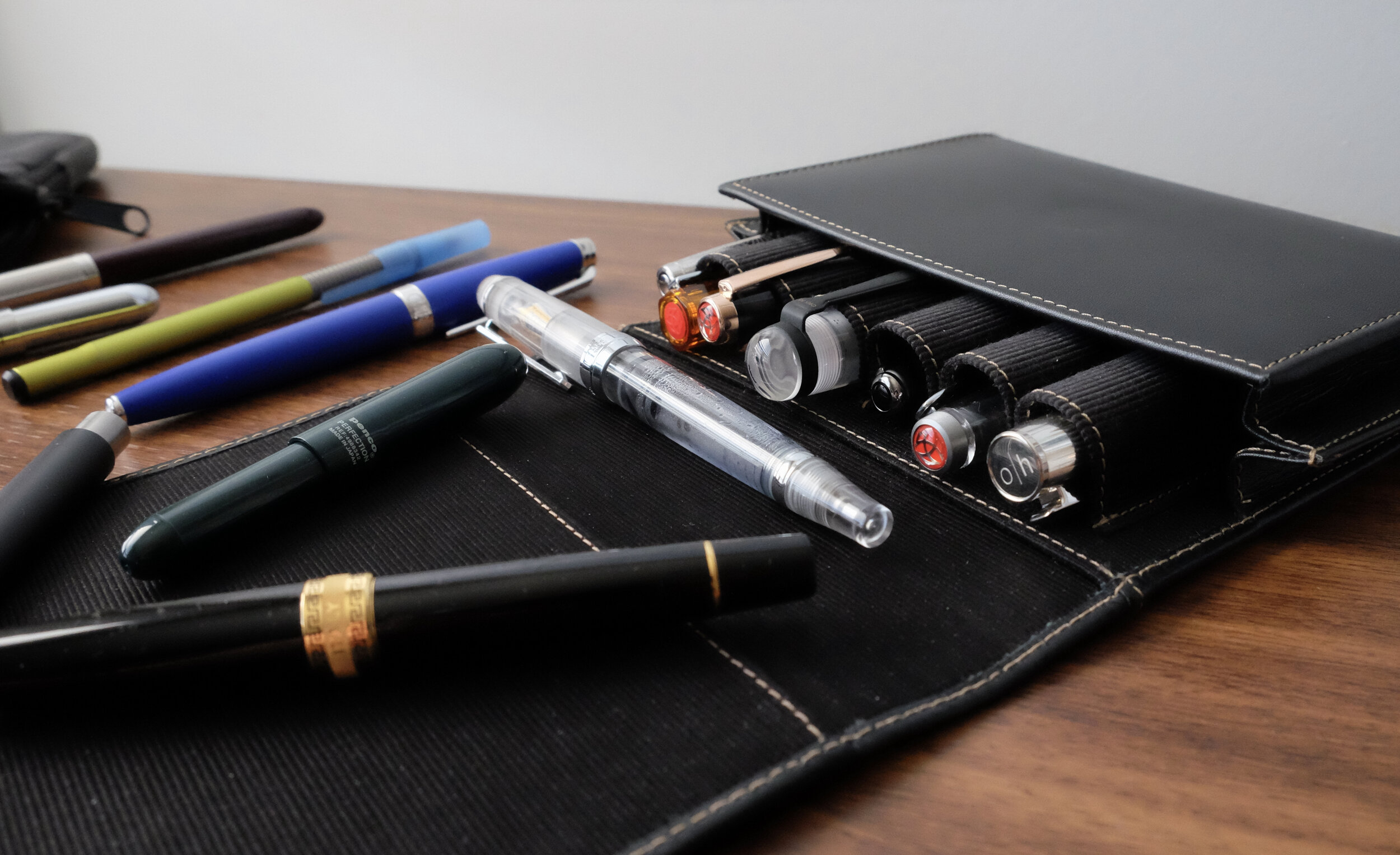Every year, around this same time, I update the “Best Pen” recommendations to account for new releases, discontinuations, price increases, industry developments, and changes in my own use preferences. For the 2021 update (which coincides with the recent 8th “Bloggiversary” of T.G.S.), I’ve made some fairly significant overhauls to the page, particularly the “Best Fountain Pens Under $100,” “Personal Favorites,” “Pocket Pens,” and “Refillable Rollerballs and Ballpoints.” Here are some highlights:
Opus 88 and PenBBS have made appearances as core recommendations in a couple of places. I’ve spent enough time with both brands to feel comfortable recommending them, though with PenBBS I generally shy away from anything other than the cartridge converter, eyedropper, or vacuum fillers, due to reliability issues with the more “experimental” filling systems.
The Schon DSGN Pocket Six fountain pen and the Traveler’s Company Brass Pens make appearances on the “Pocket Pens” list. I love both designs and it’s rare that I don’t have one or the other inked up and in rotation at any given time.
I’ve completely reworked my “Personal Favorites” list, which swaps out the Leonardo Momento Zero Grande for the standard Momento Zero, adds the Kanilea Pen Co. “Classic Flush” design, and brings back the Pilot Custom 823.
You can read the rest of this year’s “Best Pens” lists here, and as always, I’ve left the lists from the past several years live so that you can see how my tastes and recommendations have evolved over time. Enjoy!

